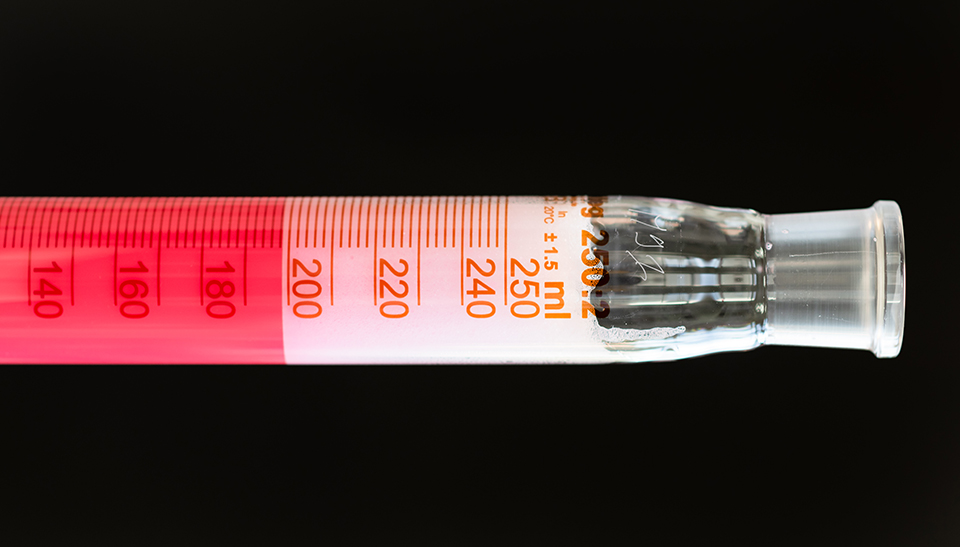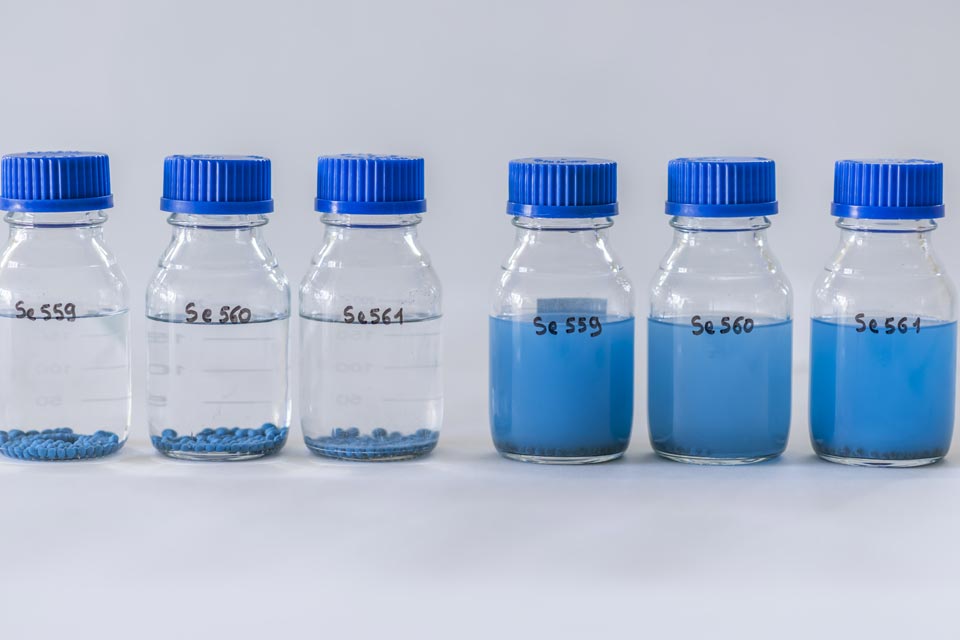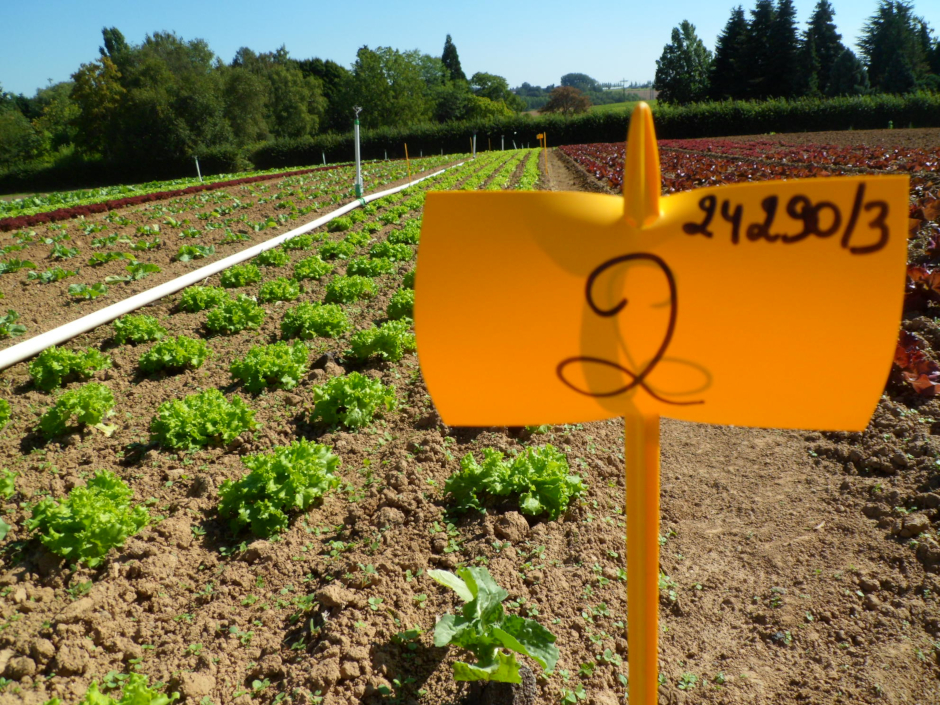As a new technology that promises enormous benefits, "spot-spraying" must nevertheless be tested.
The InnovEau project, which was launched in December 2019 and is funded by the SPGE, brings together the CRA-W and 3 partners from the sectors of agriculture and drinking water production (Apligeer, SWDE and CILE). It is part of an effort to reduce PPPs in an area covering the Hesbaye chalks, one of the main sources of drinking water in Belgium.
Using the spot-spraying method, the herbicide is only applied to surfaces contaminated with weeds. For this purpose, the CRA-W has sensors that enable an initial detection and mapping of weeds by drone or on-board sensors. All these solutions use artificial intelligence to differentiate between weeds and the desired crop. Next, the sprayer is fitted with a detection map, and thanks to a system of pulsating nozzles (each of which is activated independently of the others), only the areas thought to be covered with weeds are sprayed. This means that the PPP is used in proportion to the area affected by weeds, thereby reducing the amount of product used.
In the course of 2020, the CRA-W was able to trial this on 5 different crops: corn, beet, beans, grassland and rapeseed. These trials involved the delineation of counting zones, in which each weed was georeferenced in order to validate the various sensors tested. Scores were also assigned to quantify the actual effectiveness of the spray applied. These initial trials have already demonstrated product reductions ranging from 65 to 95% compared with blanket spraying, with an efficiency of approximately 85%, as against 98% for traditional spraying.
Although these technologies are still in their infancy, they are developing very rapidly and the initial results, while yet to be confirmed in the 2021 and 2022 seasons, seem encouraging for the deployment of these technologies in the Walloon agricultural community.
Project subsidised by SPGE












